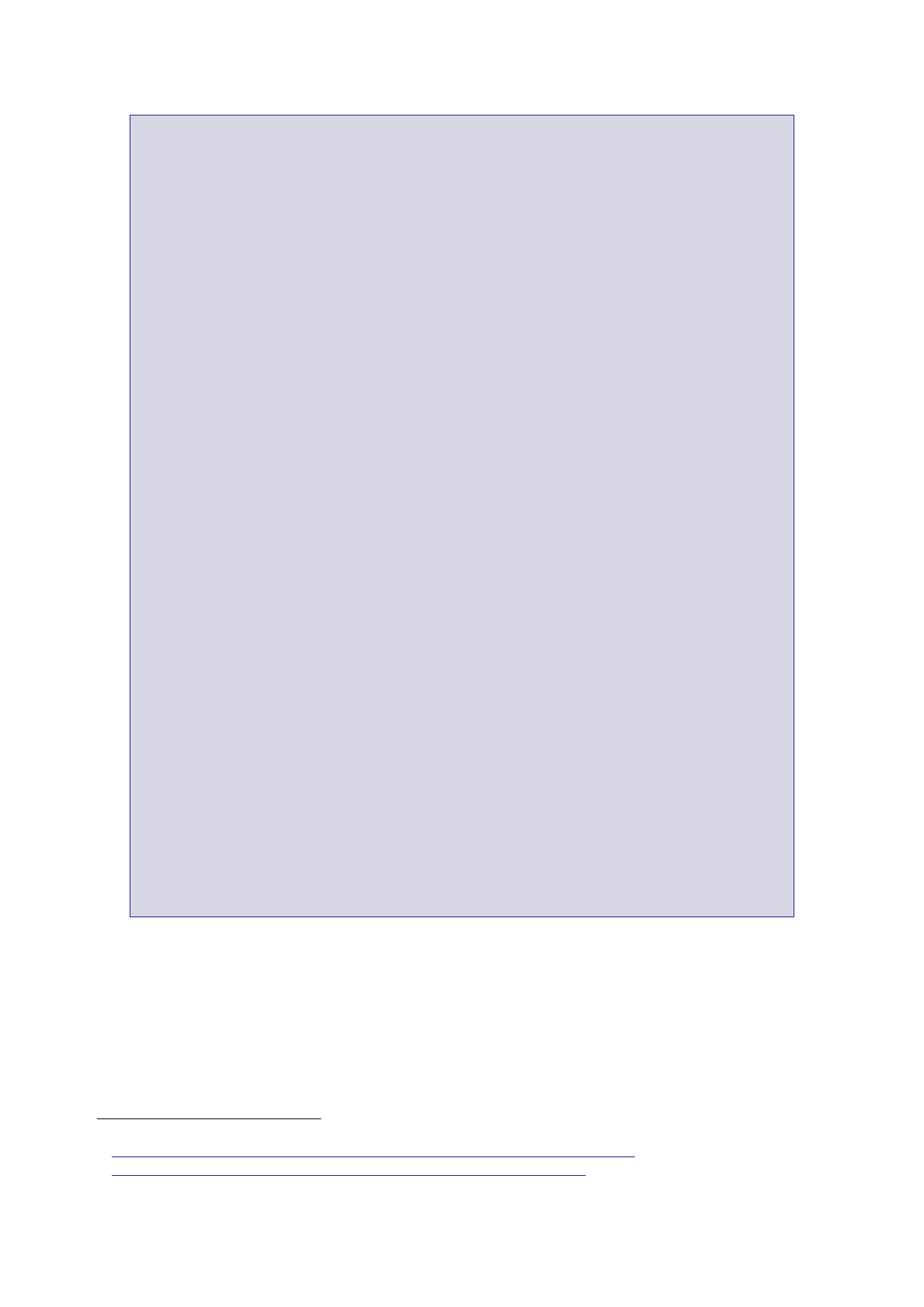
The Report
of the Iraq Inquiry
A JIC
Assessment of 29 January 2003 reported “continuing military
defensive preparations,
including
deployments and reinforcements of military units in the South, West
and along
the border
of the Kurdish autonomous zone” which appeared to be “directed
against both
the threat
of internal uprising and external attack”.81
That
included “possibly 1,000 troops on
the al-Faw
Peninsula, apparently in response to the Coalition build-up in
Kuwait”. But Iraq’s
options for
redeployment in the South were “limited”: “Any significant
redeployment in the
South would
risk triggering a Coalition attack by breaching the No-Drive
Zone.”
On 19
February, the JIC assessed the situation in southern Iraq and what
might happen
there
before, during and after Coalition action.82
The JIC
judged that:
“The Iraqi
forces currently guarding southern Iraq are a relatively weak first
line of
conventional
defence. They face rapid defeat. There is little evidence so far
that the
Iraqis are
preparing for a hard-fought defence of Basra and other urban
areas.”
The
Assessment stated:
•
Resolution 949
(1994) (see Section 1.1) prohibited the presence of the
Republican
Guard in
the South. Its absence and the weaknesses of the Regular Army
meant
that the
Iraqi forces guarding southern Iraq (III and IV Corps) were a
relatively
weak first
line of conventional defence which would “face rapid defeat in the
face
of a
massive military onslaught”.
•
The JIC knew
“little about Iraqi plans for the defence of Basra”, but there was
“as
yet no sign
of preparations for a hard-fought defence of this or other urban
centres
in southern
Iraq”.
•
Saddam
Hussein’s regime had “appointed his cousin Ali Hassan
al-Majid
[Chemical
Ali] as regional commander of the southern sector … with
authority
over all
forces in the area. Iraq practice in the Iran/Iraq war suggests
this would
include
tactical control over CBW. Ali is a loyal member of Saddam’s inner
circle.
He was a
brutal Governor of occupied Kuwait in 1990–91. He also played
a
leading
role in suppressing the Shia uprising in 1991 and Kurdish rebels in
the late
1980s
(using chemical weapons against the Kurds). His appointment may
reflect
an Iraqi
leadership view that a particularly loyal and ruthless figure is
needed to
take
command in the South in a crisis, both to suppress the Shia and to
maintain
discipline
among the Iraqi forces.”
Southern
Iraq was judged to be the most likely area for the first use of CBW
against
Coalition
Forces and the local population (see Section 4.3).
129.
The assessment
of the risks posed by irregular forces is addressed later
in
this Section.
130.
In a statement
on 21 March, Mr Hoon reported on the operations
overnight,
including
the loss of UK personnel and the Royal Marine operations supported
by
Royal Navy
ships.83
He expected
the port of Umm Qasr “to be fully under coalition
control
shortly”.
81
JIC
Assessment, 29 January 2003, ‘Iraq: The Emerging View from
Baghdad’.
82
JIC
Assessment, 19 February 2003, ‘Southern Iraq: What’s In
Store?’
83
House of
Commons, Official
Report, 21 March
2003, columns 1209-1210.
24
